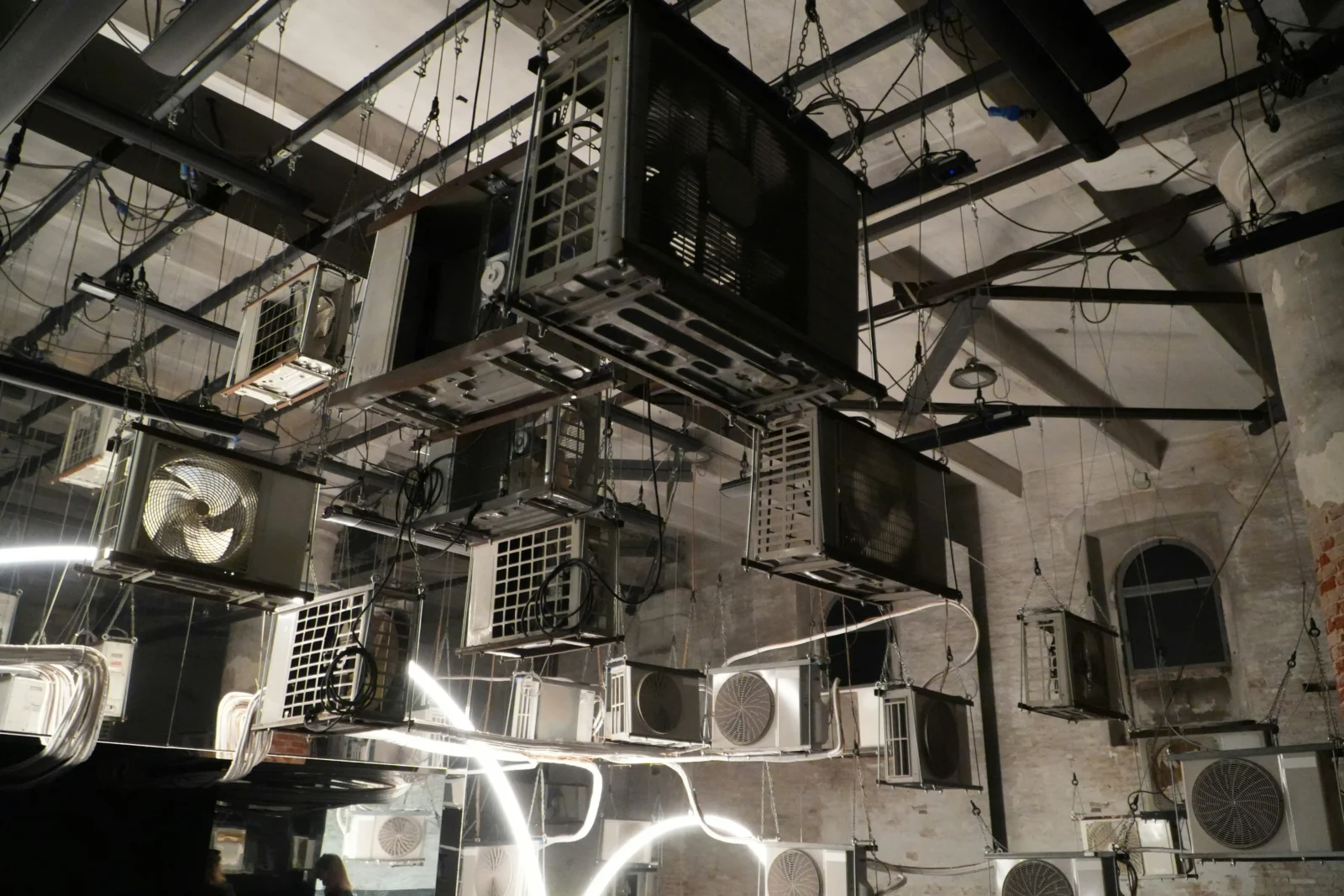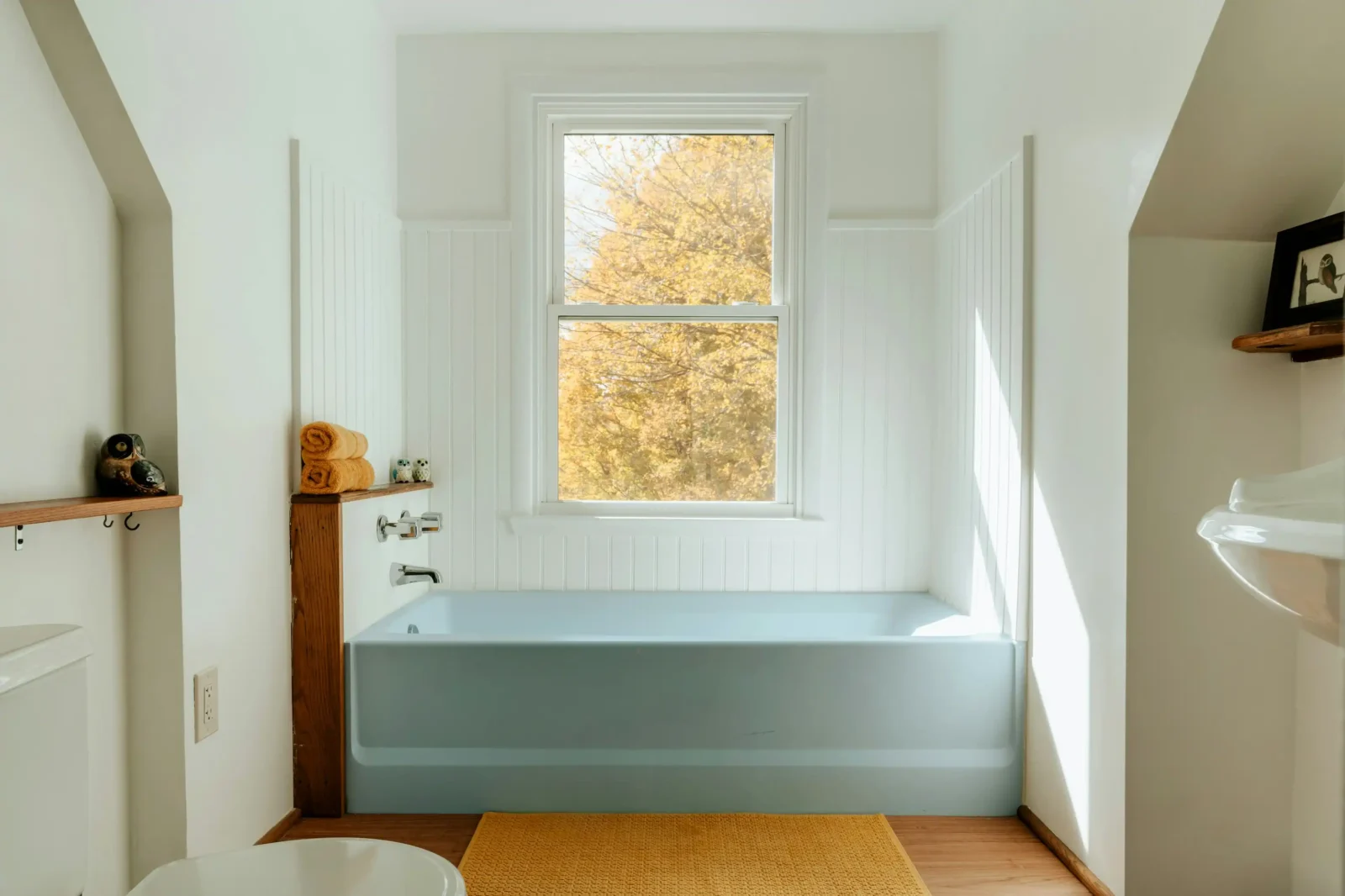- Home
- Articles
- Architectural Portfolio
- Architectral Presentation
- Inspirational Stories
- Architecture News
- Visualization
- BIM Industry
- Facade Design
- Parametric Design
- Career
- Landscape Architecture
- Construction
- Artificial Intelligence
- Sketching
- Design Softwares
- Diagrams
- Writing
- Architectural Tips
- Sustainability
- Courses
- Concept
- Technology
- History & Heritage
- Future of Architecture
- Guides & How-To
- Art & Culture
- Projects
- Interior Design
- Competitions
- Jobs
- Store
- Tools
- More
- Home
- Articles
- Architectural Portfolio
- Architectral Presentation
- Inspirational Stories
- Architecture News
- Visualization
- BIM Industry
- Facade Design
- Parametric Design
- Career
- Landscape Architecture
- Construction
- Artificial Intelligence
- Sketching
- Design Softwares
- Diagrams
- Writing
- Architectural Tips
- Sustainability
- Courses
- Concept
- Technology
- History & Heritage
- Future of Architecture
- Guides & How-To
- Art & Culture
- Projects
- Interior Design
- Competitions
- Jobs
- Store
- Tools
- More
Sustainable Architectural Solutions for Smart Homes

As we stand on the brink of a technological revolution, the concept of smart homes is no longer a distant dream, but a present reality. This shift is not just about incorporating advanced technology into our homes, but it’s also about creating a sustainable and comfortable lifestyle. It’s about designing homes that are intelligent, environmentally-friendly, and tailored to individual needs.
Implementing smart home technology in architecture brings its own set of unique challenges. It’s not just about ensuring the reliability and security of these systems, but also their scalability. Architects today need to consider various standards and communication protocols to enable the seamless integration of different smart home devices within one ecosystem.
Join us as we delve into the world of sustainable architectural solutions for smart homes, exploring how technology and sustainability can work hand in hand to create homes of the future. From smart lighting systems to motorized shades, we’ll explore how these innovations can help reduce energy consumption and promote a more sustainable lifestyle.

Table of Contents
ToggleEvolution of Smart Homes and Sustainable Architecture
Smart homes, resulting from rapid technological advancements, are transforming not just our living spaces but also architectural design principles. Traditional architecture is getting a revamp, making room for sustainability and efficiency influenced by smart technology.
The Rise of Home Automation
In today’s world, technology forms an integral part of homes. From voice-activated showers and sensors that warm bathroom floors to skylight windows that close automatically when it rains, home automation is elevating convenience and comfort. Lights that turn on as occupants arrive, temperature control systems that adjust according to preferences — these are only a few instances of how technology subtly works in the background, while residents focus on important tasks.
Apart from convenience, home automation also enhances security. Integrated security systems, smart lighting, energy monitoring mechanisms — the range of smart home solutions are ever-increasing, offering endless possibilities.

The Shift Towards Eco-Friendly Design
Green design principles are shaping architecture. As demand increases for more comfort, convenience, efficiency from our living spaces, architecture is evolving to meet these needs. Improved functionality, powered by smart technology, creates sustainable, efficient, adaptable spaces that push the boundaries of conventional architecture. Enhancement services related to psychological well-being, social relation, and education around smart technology installation and management, further promote sustainability and inclusivity, making the living experience more enriching and satisfying.
Eco-friendly design principles also ensure that smart homes are not just comfortable and convenient but also sustainable, reducing energy consumption substantially. This winning combination of technology and sustainability is revolutionizing architecture, shaping a future we’re eager to be part of.
Core Principles of Sustainable Architecture
Through the lens of architectural design, we assemble structures that use energy sparingly, reduce waste, and promote a healthier and more comfortable living environment. Here we discuss the fundamental principles of sustainable architecture, namely energy efficiency and the use of sustainable materials.

Energy Efficiency and Conservation
When it comes to sustainable architecture, it’s undeniable that energy efficiency takes center stage. Emphasizing energy conservation is a prominent aspect of design plans. By incorporating smart, energy-saving technology, the idea is to create a self-sufficient living space that lessens reliance on outside energy sources. These advanced systems regulate temperature, light, and manage appliances, ensuring an optimal and resource-saving operation. Chatzigiannakis, Amaxilatis, and Livathinos, in their 2015 research, designed a collective awareness platform for energy-efficient smart buildings, proving the effectiveness of such technologies. Strategic design, coupled with integrated smart technology, cultivates an ambiance in harmony with nature and diminished energy consumption.
Use of Sustainable Materials
Choosing sustainable materials – a pivotal practice in green architecture, contributes significantly to its efficacy. Deployment of green products, such as wood, bio-based bricks, or straw panels, not only minimizes the ecological footprint but injects a unique aesthetic touch to the interiors of a home. Even small smart design products, like a home automation touch switch, enhance the living standard by offering a unique style and advanced control within the residence. It’s the subtle blending of eco-friendly materials and smart design solutions that forms a unique, sustainable architectural solution. In essence, sustainable materials, well-integrated with smart home solutions, pave the way for a future where stylish design coexists harmoniously with eco-friendly living.

Technological Innovations in Smart Homes
As our discussion on sustainable architecture continues, let’s shift our focus to the disruptive and transformative power of technology innovations that are defining the landscape of smart homes.
Integration of Renewable Energy Sources
Embracing renewable energy sources forms the core of energy conscious living, a tenet that fuels smart home technology. Solar panels and wind turbines aren’t just alternatives anymore – they’re standards in today’s architectural practices. These renewable energy sources, integrated into smart home designs, deliver pristine, resilient power.
Battery energy storage systems (BESS) play a vital role, storing excess electricity generated from these renewable sources. When power demand peaks, BESS provide practical solutions, discharging the stored energy. This intelligent pairing of renewable energy sources and energy storage solutions not only upscales efficiency, but it also paves the way to a sustainable future, with smart homes leading the charge.

Smart Sensors and Energy Management
Smart buildings house an interconnected infrastructure of sensors and actuators that collect data on diverse parameters like temperature, humidity, occupancy, light levels, air quality, and energy consumption. These readings orient actuators to control different building systems, adjusting HVAC settings or turning lights on/off.
At the core of smart buildings lies the Internet of Things (IoT), a network that facilitates seamless communication between sensors, devices and systems. With real-time transmission, analysis, and action upon data, IoT enables efficient automation and decision making.
Moreover, building management systems (BMS) integrate these sensors’ data, providing overall control. Energy management systems couple with this setup, scrutinizing data to optimize energy consumption, minimize waste, and incorporate renewable energy sources.
In essence, the integration of smart sensors and energy management in architecture propels us towards sustainable living. From predicting maintenance needs to automated control – energy consumption reduces drastically, and every watt counts.
Let’s look forward to a greener future, a tapestry woven with the threads of sustainable architecture and technology innovation in smart homes.
Overcoming Challenges in Sustainable Smart Home Design
Developing sustainable architectural solutions for smart homes poses its unique challenges. While the benefits of energy efficiency, reduced ecological footprint, and enhanced living experience are indisputable, home owners and developers contend with significant obstacles. In this section, we’ll discuss two notable areas of difficulty: balancing cost and long-term benefits, and navigating regulatory standards and codes.
Balancing Cost and Long-Term Benefits
A major hurdle in the implementation of sustainable smart home solutions emanates from the financial aspect. This includes the cost of procuring and installing intelligent systems, embedded sensors, and energy-efficient appliances. Additionally, monetary considerations extend to technology management and maintaining the installed systems and devices over time. Regardless, it’s crucial to understand that smart home technologies, though initially expensive, prove highly advantageous in the long term. They reduce energy usage significantly, trim down utility bills, and add to the property’s real-estate value, leading to recovering the initial investment over time.

Navigating Regulatory Standards and Codes
Another challenge lies in traversing the complex landscape of building codes, standards, and regulations. These stipulations often differ by region and can highly influence smart home design. For instance, the application of renewable energy resources has to align with specific guidelines, likewise the utilization of smart devices. Understanding these constraints plays a fundamental role in ensuring the smart home operates within the legal parameters and achieves environmental sustainability goals. The challenge, therefore, lies not in the absence of regulations but in understanding and appropriately applying them to guarantee conformity with the planned sustainable smart home design.
Case Studies of Sustainable Smart Homes
This section investigates case studies of smart homes that have seamlessly combined sustainability and technology into their architecture.
Innovations in Energy-Efficient Home Design
In smart homes, understanding how to strike a balance between technology and sustainability is key. Innovative design principles focus on integrating smart devices and technologies into the architecture that reduce the home’s overall energy consumption and improve residents’ quality of life.
Take network facilities, wiring, and control systems, for instance. They’re designed based on standardized guidelines to ensure performance isn’t affected by installation location, spatial structure of the surroundings or materials, jammers and interfering substances. Multi-purpose data cables, power cables, and security power cables get installed in major living spaces, so that creating additional spurs at any location becomes feasible. Coupling this with the strategic placement of an extra power supply unit at the indoor entrance or next to the window ensures the accommodation of new smart devices in the future. This approach not only increases energy efficiency but also provides flexibility for future additions.

Success Stories of Smart Home Implementation
Efficient smart home implementations have revolutionized many residents’ lives by improving their psychological wellbeing. Services geared towards self-esteem development and happiness are gaining popularity. Smart devices and internet education, technology installation, and management and smart entertainment services are part of these potent services.
To illustrate, there’s a solution aimed at overcoming the frustration caused by the inability to use technology, and it’s improving usability along with technical education. It involves establishing and installing the initial environment for those who are not familiar with the new technology and helps in case of malfunction or failure. This intervention reduces the burden perceived on using unfamiliar technologies as well as the financial and psychological costs of requesting technical assistance.
In addition, residents have access to their favorite entertainment—videos, music, games—which are managed and customized information gets provided in conjunction with AI. Such entertainment services enhance communication and social connection, encouraging residents to participate and actively communicate in various fields, eliminating the negative feelings of loneliness and increasing happiness.
These case studies illustrate how smart homes are evolving, boosting the quality of life for residents while promoting sustainable living. Smart homes can indeed be sustainable when well-thought-out strategies and innovative solutions effectively address consumer needs and environmental concerns.
Submit your architectural projects
Follow these steps for submission your project. Submission FormLatest Posts
How to Choose the Right HVAC Installation Service
A quiet mechanical system starts with sound choices before any equipment arrives....
10 German Kitchen Ideas to Inspire a Sleek and Functional Modern Home
German kitchens are renowned worldwide for their innovative designs, exceptional quality, and...
Gift Ideas for Architects and Designers: Useful, Beautiful Picks They’ll Actually Love
Gift ideas for architects and designers: curated, use-in-studio picks by budget and...
How to Use the Golden Ratio for a Balanced Kitchen Remodel
Have you ever seen a kitchen and it just looked right to...











Leave a comment